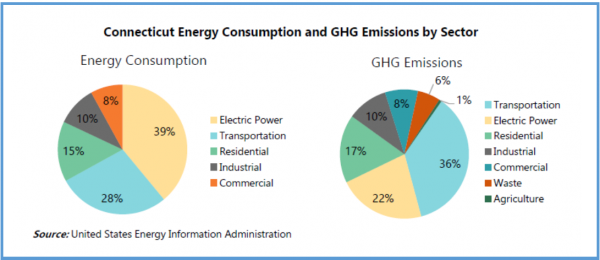New $1 Coin Series to Be Produced by U.S. Mint; CT’s Himes, Murphy Advocated for Innovation – and CT Company
/American innovation is about to be highlighted by the U.S. Mint, but don’t expect to see the results in your loose change. The American Innovation $1 Coin Act will launch the newest numismatic coin program of the United States Mint later this year.
The Mint will soon produce and sell $1 collector coins in recognition of American innovation and significant innovation and pioneering efforts of individuals or groups from each of the 50 States, the District of Columbia, and the five U.S. territories. The new program – passed by Congress and signed into law this year - calls for the minting and issuance of non-circulating American Innovation $1 coins.
The legislation was initially proposed by U.S. Rep. Jim Himes of Connecticut’s 4th District, and in the Senate by Connecticut U.S. Sen. Chris Murphy.
The program’s duration is a 14-year period that begins January 1, 2019. The coins are to be issued in the order in which the state or territory ratified the Constitution or were admitted to the Union. The law also authorizes a 2018 introductory coin which will be minted and issued in the latter part of this calendar year.
When the bill passed the House, Himes said: “This bill will support jobs and the industry around collectible coins, including here in Connecticut, all without costing taxpayers at all.” Murphy added: “Our country was built on innovation and entrepreneurship, and what better way to celebrate it than through a program that creates jobs and reduces the national debt.”
He noted that the proposed coin series would also support local jobs at Norwalk-based MBI Inc., one of the leading commemorative coin companies in the country.
The introductory coin will bear an obverse common to all coins in the program. It will consist of a likeness of the Statue of Liberty, and the inscriptions of “$1” and “In God We Trust.” The reverse of the introductory coin will be inscribed with “United States of America” and “American Innovators,” and it will include a representation of President George Washington’s signature on the first U.S. patent. The inscription of the year of minting or issuance, mint mark, and “E Pluribus Unum” will be edge-incused into all coins.
 American Innovation $1 coins, to be issued at a rate of four new coins per year, will bear a reverse image or images emblematic of a significant innovation, an innovator, or a group of innovators from each of the 50 states, the District of Columbia, and the territories of the United States. Published reports indicate that the $1 coins would sell for more than face value — up to $1.32 — providing a healthy profit for the federal government since the coins cost less than 35 cents to make.
American Innovation $1 coins, to be issued at a rate of four new coins per year, will bear a reverse image or images emblematic of a significant innovation, an innovator, or a group of innovators from each of the 50 states, the District of Columbia, and the territories of the United States. Published reports indicate that the $1 coins would sell for more than face value — up to $1.32 — providing a healthy profit for the federal government since the coins cost less than 35 cents to make.
“Americans tinkering in the shed, programming in the garage, and growing big ideas from humble roots have always had great impact on our economy and future,” added Himes. “We can honor them, inspire a new generation of entrepreneurs and scientists, and help the economy with this coin series.”
MBI markets a wide range of historic coinage, like rare silver dollars and foreign coins from antiquity, according to the company website. The company also capitalizes on the newly minted designs in circulation, and has already begun marketing the new state innovation dollar series to collectors. The coins offered by the company, through PCS Coins, would be “protectively encased” in custom-designed “collector panels” prepared for placement in albums. The coins will also be available from numerous other sources, but will not be issued by the U.S. Mint for general circulation.
The company’s publicity suggests that the Connecticut coin would include a back design honoring the state’s contribution to American Sign Language, but it is unclear if that decision has yet been made. The company’s coin designs are shown on marketing materials “for illustrative purposes only.”
According to the legislation, the Secretary of the Treasury will select the designs after consultation with each Governor or other chief executive and the U.S. Commission of Fine Arts; and review by the Citizens Coinage Advisory Committee.
Congress created the United States Mint in 1792, and the Mint became part of the Department of the Treasury in 1873. As the Nation’s sole manufacturer of legal tender coinage, the Mint is responsible for producing circulating coinage for the Nation to conduct its trade and commerce. The Mint also produces numismatic products, including proof, uncirculated, and commemorative coins; Congressional Gold Medals; silver and bronze medals; and silver and gold bullion coins. Its numismatic programs are self-sustaining and operate at no cost to taxpayers, according to the Mint.




 The review of the research, conducted by Connecticut-based Rodriguez Data Solutions, points out that policymakers often promote K-12 regionalization as a way to achieve cost savings, but often fail to consider the consequences for student educational achievement. The report reviewed initiatives to promote K-12 regionalization in several states including Connecticut, Maine, New York and Vermont. Among the findings:
The review of the research, conducted by Connecticut-based Rodriguez Data Solutions, points out that policymakers often promote K-12 regionalization as a way to achieve cost savings, but often fail to consider the consequences for student educational achievement. The report reviewed initiatives to promote K-12 regionalization in several states including Connecticut, Maine, New York and Vermont. Among the findings:
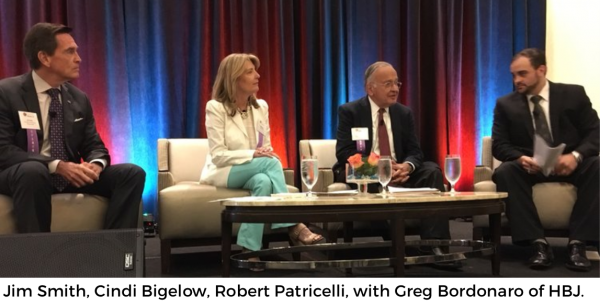
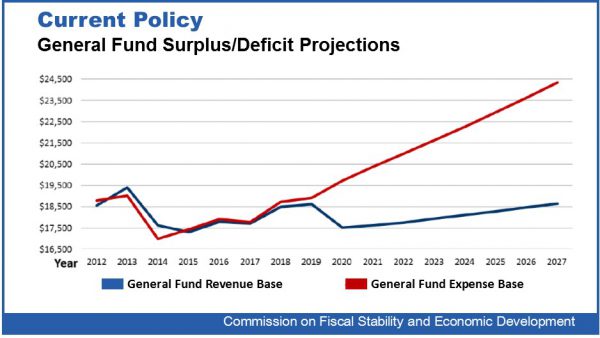 Smith and Robert Patricelli, former CEO & Founder of Women's Health USA, who co-chaired the panel, were featured along with Commission member Cindi Bigelow, CEO of Bigelow Tea, at an event coordinated by the Hartford Business Journal last week. It was one of nearly 100 forums, discussions and one-on-one meetings that the co-chairs and other commission members have had since their findings and recommendations were issued.
Smith and Robert Patricelli, former CEO & Founder of Women's Health USA, who co-chaired the panel, were featured along with Commission member Cindi Bigelow, CEO of Bigelow Tea, at an event coordinated by the Hartford Business Journal last week. It was one of nearly 100 forums, discussions and one-on-one meetings that the co-chairs and other commission members have had since their findings and recommendations were issued.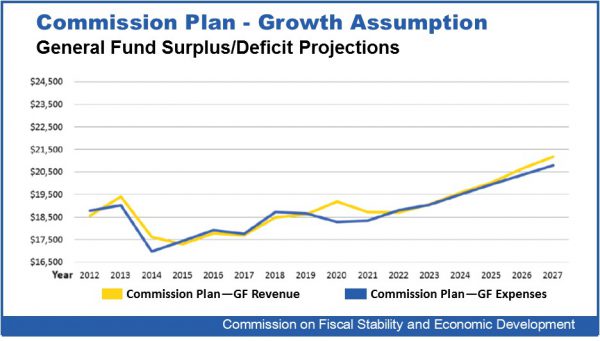
 The co-chairs say it is understandable that more was not done with the Commission’s recommendations during the short 2018 legislative session, largely because an election was just around the corner. Instead, the legislature opted to have the Office of Policy and Management (OPM) coordinate two studies, soon to get underway. One would look at the Commission’s recommendations that involve “rebalancing of state taxes to better stimulate economic growth without raising net new taxes”; the other would conduct a study of the proposal for reform of the Teachers' Retirement System.
The co-chairs say it is understandable that more was not done with the Commission’s recommendations during the short 2018 legislative session, largely because an election was just around the corner. Instead, the legislature opted to have the Office of Policy and Management (OPM) coordinate two studies, soon to get underway. One would look at the Commission’s recommendations that involve “rebalancing of state taxes to better stimulate economic growth without raising net new taxes”; the other would conduct a study of the proposal for reform of the Teachers' Retirement System.


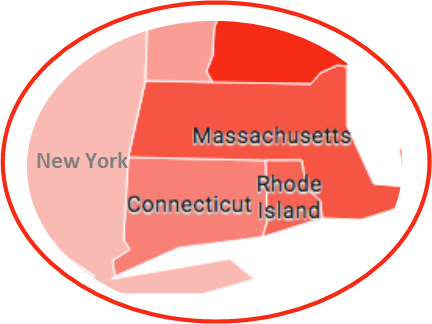 Even in advance of the merger plan, the Board of Regents has been extending lower tuition offers in every direction, reaching out to students in Massachusetts, Rhode Island, New York and even New Jersey, making offers that the Regents hope will be tough to refuse.
Even in advance of the merger plan, the Board of Regents has been extending lower tuition offers in every direction, reaching out to students in Massachusetts, Rhode Island, New York and even New Jersey, making offers that the Regents hope will be tough to refuse.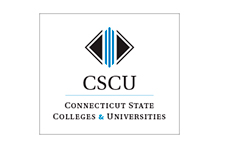
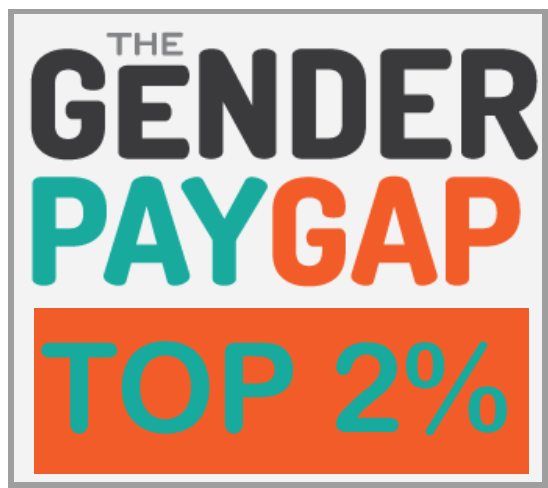


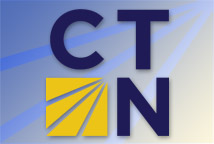 CPAN’s most recent contact expired in September, was extended through October, and was on a day-by-day basis this week. The 33-person staff worked with an annual operating budget that was unexpectedly reduced by
CPAN’s most recent contact expired in September, was extended through October, and was on a day-by-day basis this week. The 33-person staff worked with an annual operating budget that was unexpectedly reduced by 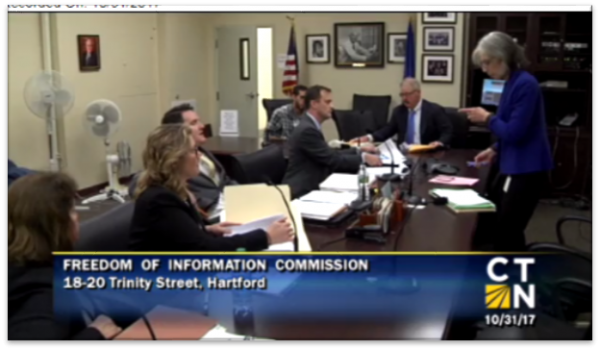

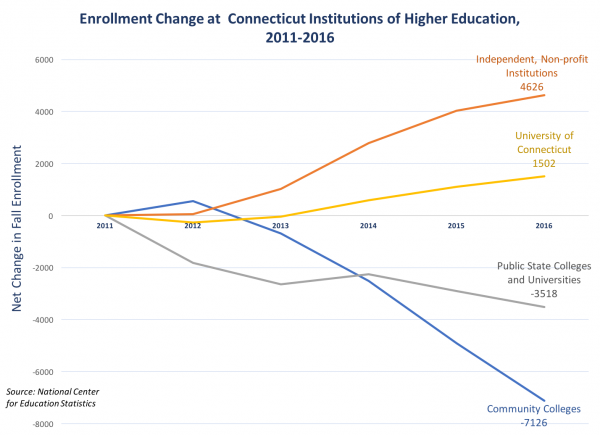
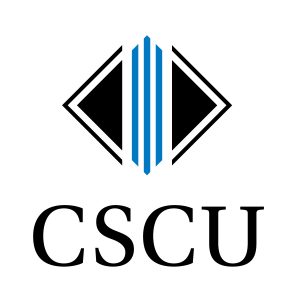



 Memo of Understanding to get have 150,000 EVs on Connecticut roads by 2025.
Memo of Understanding to get have 150,000 EVs on Connecticut roads by 2025.